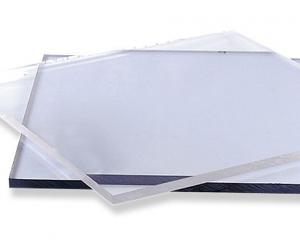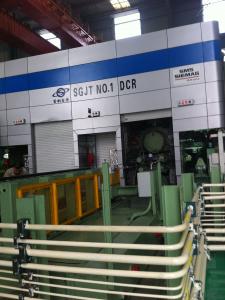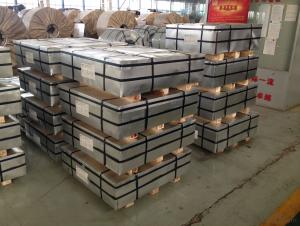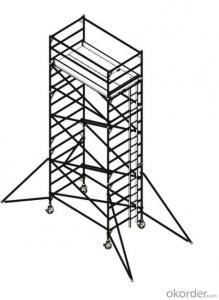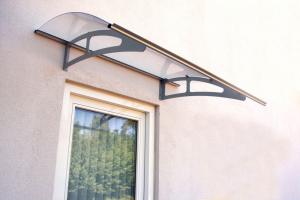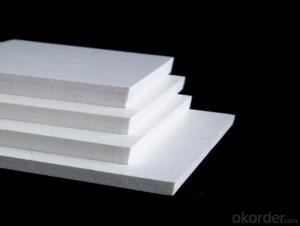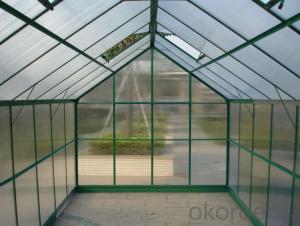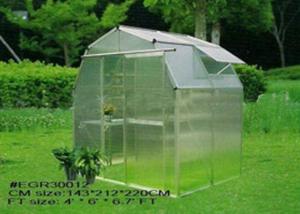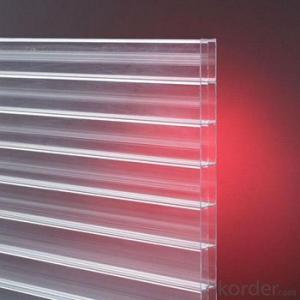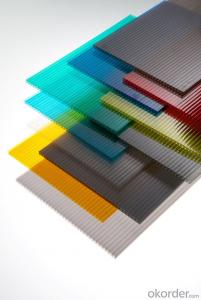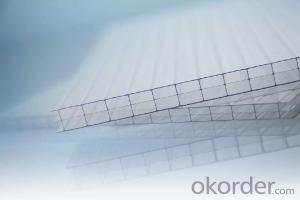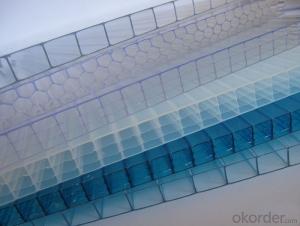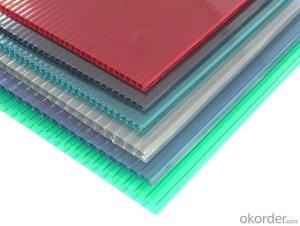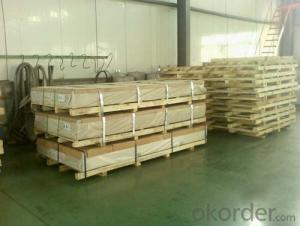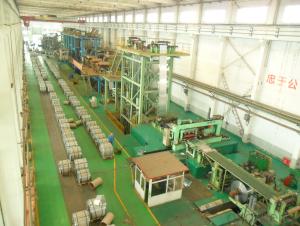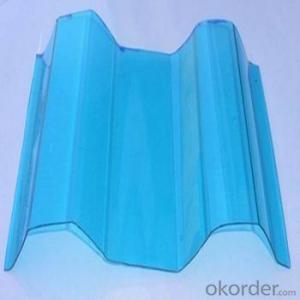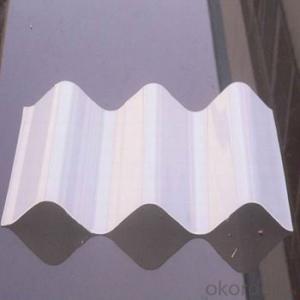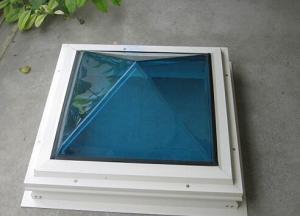Polycarbonate Sheets Dubai
Polycarbonate Sheets Dubai Related Searches
Aluminum Plate With Holes Fridge With Freezer On Bottom Bathrooms With Vessel Sinks Blu Ray Player With Speakers Lenses Compatible With Canon Stainless Steel Pepper Mill Light Bond Plus Aluminum Transparent Roofing Sheets In Sri Lanka 24 X 50' Aluminum Trim Coil Aluminum Trim Coil 24 X 50Hot Searches
Plastic Sheets For Sale Eps Foam Sheets For Sale Grp Sheets For Sale Granite Sheets For Sale Styrofoam Sheets For Sale Starboard Sheets For Sale Styrofoam Insulation Sheets Price 8X4 Plywood Sheets Price Aluminium Scaffold Planks Sale Aluminium Walkway Mesh Prices Precast Concrete Walls Cost Buy Roofing Sheets Online Plywood Sheets Prices Melamine Laminate Sheets Suppliers Hpl Sheets Suppliers Buy Cubicle Walls 1 8 Aluminum Plate Home Depot 1/2 Inch Aluminum Plate Near Me 1/4 Inch Aluminum Plate Near Me Aluminum Trim Coil Near MePolycarbonate Sheets Dubai Supplier & Manufacturer from China
Okorder.com is a professional Polycarbonate Sheets Dubai supplier & manufacturer, offers integrated one-stop services including real-time quoting and online cargo tracking. We are funded by CNBM Group, a Fortune 500 enterprise and the largest Polycarbonate Sheets Dubai firm in China.Hot Products
FAQ
- Tinplate packaging contributes to product ease of use by providing a durable and lightweight material that is easy to open, close, and handle. Its smooth surface allows for easy labeling and printing of instructions, enhancing clarity for consumers. Additionally, tinplate packaging can be easily shaped into different forms and sizes, making it adaptable for various products and improving overall convenience for consumers.
- The main market entry barriers for new players in the tinplate industry include high initial capital investment requirements for setting up production facilities, limited availability of raw materials, complex regulatory compliance and quality standards, established relationships and contracts between existing players and customers, and intense competition from established companies with economies of scale. Additionally, the industry's mature nature and consolidation make it difficult for new entrants to gain market share and establish brand recognition.
- Tinplate contributes to the safety of aerospace components by providing a protective barrier against corrosion and oxidation. This helps to preserve the integrity and longevity of these components, reducing the risk of failure or malfunction during flight. Additionally, the smooth and uniform surface of tinplate reduces friction and wear, ensuring optimal performance and reliability in critical aerospace applications.
- The main quality standards for tinplate include the thickness and uniformity of the tin coating, adhesion strength between the tin and base metal, absence of surface defects such as scratches or dents, and compliance with specific mechanical and chemical properties required for different applications.
- Tinplate is considered a highly sustainable packaging material compared to others. It is 100% recyclable without any loss in quality, making it an excellent choice for reducing waste. Additionally, tinplate has a long lifespan and offers excellent protection for products, reducing the need for additional packaging layers. It also requires less energy and resources to produce, further enhancing its sustainability credentials.
- Yes, tinplate can be used for packaging alcoholic beverages. Tinplate is a commonly used material for cans and can provide a protective barrier against external factors such as light and oxygen, ensuring the quality and freshness of the alcoholic beverages.
- Tinplate packaging enhances product visibility by providing a sleek and reflective surface that attracts attention and highlights the product's branding and design. The shiny nature of tinplate packaging helps products stand out on store shelves, making them more noticeable and appealing to customers.
- How to prevent the corrosion of tinplate wall hydrogen sulfide blackening, expansion
- Cathodic protectionProtective screen corrosion protection. The principle of protecting the screen is to make the metal of the anode corrode and protect the cathode metal material from corrosion. A metal or alloy (shielding material) connected to the surface of a metal tank and pipeline to be protected shall be protected from corrosion due to the low potential in the primary cell and corrosion of the screen material used as an anode. This method is applicable to the preservation of oil storage tanks, oil tankers and underground oil pipelines. Screen materials are commonly used, including series, aluminum, town and alloy.Cathodic protection of impressed current. Impressed current cathodic protection method is to protect the metal pipelines and oil storage tanks and electrical excavation of the negative link, as a cathode and protected; the power supply of the positive steel scrap corrosion. The method is applicable to underground oil storage tanks, underground pipelines and terminals, pipelines and tankers directly connected with the sea. Generally used anode materials are scrap iron and steel, graphite, high silicon iron, magnetic iron oxide, etc., these materials are consumed, can be replaced at any time.











